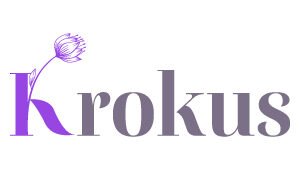In the competitive e-commerce landscape, high search engine rankings are crucial for driving traffic and boosting sales. Optimizing your product pages enhances visibility and the shopping experience for customers. This guide provides effective strategies to improve your product pages for better search engine rankings.
Why SEO Matters for Product Pages
SEO (Search Engine Optimization) involves optimizing your website to rank higher in search results, making it easier for potential customers to find and purchase your products. Effective SEO incorporates keyword research, content creation, technical improvements, and user experience enhancements.
Steps to Optimize Your Product Pages
1. Conduct Keyword Research
Keywords are the backbone of SEO. Use tools like Google Keyword Planner, Ahrefs, or SEMrush to:
- Identify relevant and long-tail keywords.
- Analyze competitors for keyword opportunities.
2. Optimize Titles and Descriptions
Ensure your titles and descriptions are both SEO-friendly and engaging:
- Include primary keywords in product titles.
- Write unique, detailed descriptions highlighting product features and benefits.
- Use secondary keywords naturally.
3. Enhance Product Images
Images improve user experience and contribute to SEO:
- Use descriptive, keyword-rich file names for images.
- Add relevant keywords in alt text.
- Compress images for faster load times.
4. Improve URL Structure
A clean URL structure aids both search engines and users:
- Include main keywords in URLs.
- Keep URLs simple and readable.
5. Leverage Customer Reviews
User-generated content boosts SEO and trust:
- Encourage customer reviews.
- Respond to all reviews.
- Display ratings prominently.
6. Optimize for Mobile
With growing mobile usage, ensure your pages are mobile-friendly:
- Implement a responsive design.
- Optimize for fast load times.
- Simplify navigation and checkout processes.
7. Implement Structured Data
Structured data helps search engines understand your content:
- Use schema markup for products (e.g., price, availability, reviews).
- Aim for rich snippets in search results to enhance click-through rates.
8. Monitor and Adjust
SEO is an ongoing process. Regularly review performance and make necessary adjustments:
- Use tools like Google Analytics and Google Search Console for insights.
- Conduct A/B testing on different elements.
- Stay updated with the latest SEO trends and algorithm changes.
Conclusion
Improving your product pages for search engine rankings involves keyword research, content optimization, technical tweaks, and ongoing monitoring. By following these steps, you can increase visibility, attract more traffic, and boost sales. Keep refining your approach to stay competitive and meet your customers’ needs.
4o

